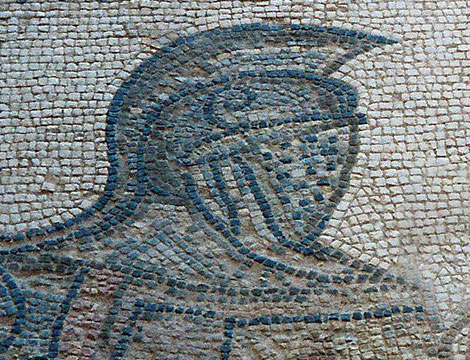
This article was originally posed by the Istituto Affari Internazionali on 3 August 2017.
When it comes to European defence, more has been achieved over the last year than in the past decade. Some would go as far back as 1950, the fateful year in which the French Pleven Plan on a European defence community was rejected by the French themselves. In turn, the Union’s founders devised a roundabout to make war on the continent unthinkable: the integration of coal and steel, which kicked off the functionalist logic at the heart of the European project six decades ago. Seventy-seven years later, talk about a European defence union is rife within and beyond the Brussels bubble. But what does such a union consist of? Why is it coming about now? And how should Italy position itself in this process?
The EU Global Strategy (EUGS) presented by High Representative and Vice President of the European Commission Federica Mogherini to the European Council in June 2016 triggered renewed work on a security and defence union. As noted by the EUGS: “The EU Global Strategy starts at home”[1]: the first priority for the EU’s role in the world is the security of the Union itself, achieved through systemic defence cooperation. The implementation of the EUGS in its first year concentrated heavily on security and defence. The establishment of a permanent headquarters – a military planning and conduct capability in Eurocratese –, and the preparatory work to activate a coordinated annual review on defence between member states, or a permanent structured cooperation between a group of member states (PESCO) are all mentioned in the EUGS. These are necessary tools to travel the long and bumpy road towards a European security and defence union, which would feature more systematic defence cooperation as a first step, potentially going all the way to a common defence, as allowed for in the Lisbon Treaty.
